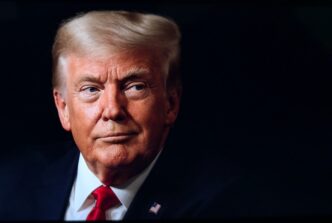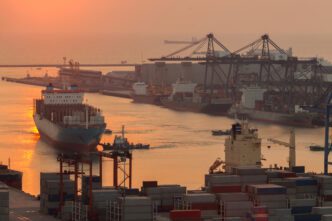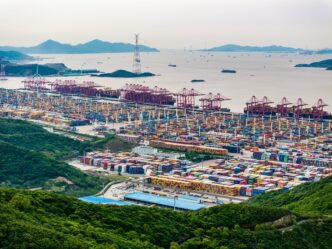WASHINGTON – As families across the United States begin to think about holiday wish lists, they are encountering an unwelcome surprise in the toy aisle: record-high prices. The cost of toys, games, and playground equipment has surged by 2.2% as of May, a figure that dramatically outpaces the nation’s minimal 0.1% inflation rate and points directly to a single cause: the escalating trade war with China.
The American toy industry, which sources more than three-quarters of its products from Chinese factories, finds itself on the front lines of President Donald Trump’s aggressive tariff policies. These new import taxes, which have reached as high as 145 percent on certain goods, are creating a ripple effect that starts in Washington, travels through executive boardrooms, and ends directly at the cash register.
Although a temporary 90-day reprieve has reduced the immediate tariff rate to 30 percent, that measure is set to expire in August, leaving the industry bracing for renewed volatility. In response, American toy companies are grappling with a harsh new reality. “There is no choice but to pass on the tariff costs to the consumer,” a sentiment echoed across the industry, from giants like MGA Entertainment to smaller specialty manufacturers like Douglas, both of which have already confirmed price hikes.
The consequences are becoming starkly visible. Major retailers, sensing a shift in consumer behavior, are becoming more risk-averse. They are doubling down on lower-priced, classic items like board games and timeless dolls, predicting that families will trim their budgets in the face of higher prices on more innovative or expensive new products.
This economic pressure is already forcing significant corporate adjustments. Industry titans Mattel and Hasbro have both reported major business disruptions directly linked to the tariffs. The uncertainty has become so severe that Mattel has withdrawn its financial forecasts for the year, while Hasbro has been compelled to reduce its workforce to manage rising operational costs.
For toy companies, untangling their operations from China is a monumental task. The dependency goes far beyond simple manufacturing. Chinese facilities are deeply integrated into the global supply chain, handling not only assembly but also the critical, U.S.-mandated safety testing required for all toys sold in the country. Shifting this complex ecosystem to other nations is a slow and expensive process, a reality that solidifies China’s central role and leaves the American market with few immediate alternatives.
As the trade tensions persist, the long-term strategy for the industry remains uncertain. Businesses are hedging their bets, prioritizing tested products over new launches and preparing for a potentially leaner holiday season. President Trump has suggested that higher costs may simply lead families to purchase fewer toys, a stark forecast that the industry now faces as it navigates a marketplace reshaped by global politics.








